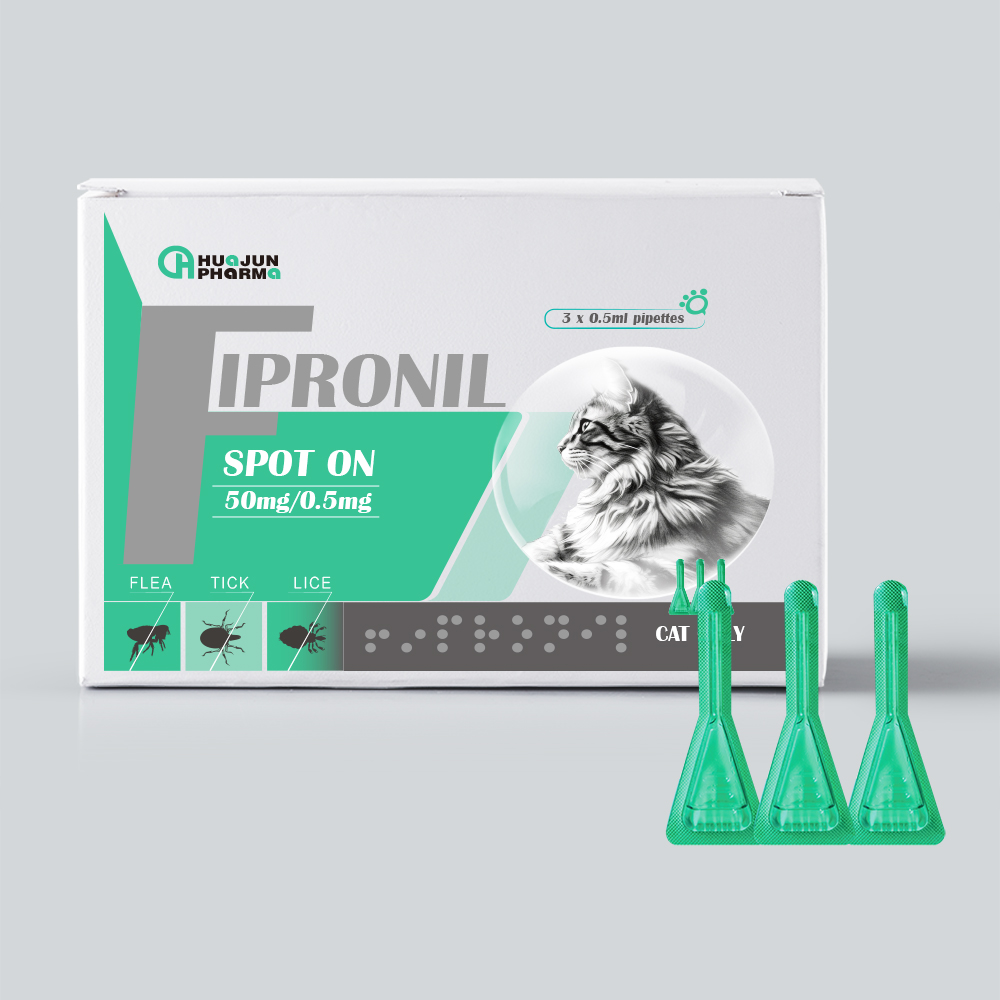
Oct . 31, 2024 08:44 Back to list
chilodoniasis
Chilodoniasis Understanding the Threat of Chilodonella in Aquatic Environments
Chilodoniasis, an infection caused by the ciliate protozoan Chilodonella, primarily affects freshwater fish. This parasitic organism is notorious for its detrimental impact on fish health, particularly in aquaculture and aquarium settings. Understanding the biology of Chilodonella, its life cycle, symptoms, treatment, and preventive measures is crucial for aquarists, fish farmers, and anyone involved in aquatic animal health.
Chilodonella is a single-celled organism that typically inhabits the external surfaces of fish, including the skin and gills. The most common species implicated in chilodoniasis is Chilodonella uncinata. This ciliate thrives in environments that are typically stressful for fish, such as overcrowded tanks, poor water quality, and fluctuations in temperature. The organism attaches to fish using specialized structures on its surface, where it feeds on the epithelial cells and mucus, leading to tissue damage and impairment of vital functions, particularly respiration.
Symptoms of chilodoniasis can be quite pronounced. Infected fish may exhibit signs of distress, including excessive rubbing or scratching against objects, increased respiratory rate, and lethargy. As the disease progresses, external manifestations such as white or grayish patches on the skin and gills may become visible, indicating tissue damage. In severe cases, infections can lead to secondary bacterial infections and even death if left untreated.
Diagnosis of chilodoniasis typically involves microscopic examination of scrapings taken from the affected fish. Observing the characteristic ciliates in samples confirms the presence of the parasite. Early detection is vital, as it can significantly influence the outcome of the treatment.
chilodoniasis

Treatment for chilodoniasis generally includes the use of anti-protozoan medications such as formalin, copper-based treatments, or other commercially available medications specifically formulated for treating ciliate infections. It's essential to carefully follow the recommended dosages and treatment protocols, as overdosing can lead to toxicity and further stress on the fish.
Preventive measures play a crucial role in managing the risk of chilodoniasis. Maintaining optimal water quality is key; this includes regular monitoring of parameters such as temperature, pH, ammonia, and nitrate levels. Ensuring proper filtration and regular water changes can mitigate the stress that often predisposes fish to infections. Additionally, quarantine procedures for new fish before introducing them to established tanks can help prevent the introduction of pathogens.
Furthermore, increasing the resilience of fish through proper nutrition can also help them fend off infections. A balanced diet rich in vitamins and minerals enhances their immune response, making them less susceptible to opportunistic infections like chilodoniasis.
In conclusion, chilodoniasis poses a significant threat to freshwater fish populations, especially in controlled environments like aquaculture and aquariums. By understanding the biology, symptoms, treatment options, and preventive strategies for Chilodonella infections, fish enthusiasts and professionals alike can better protect their aquatic charges. Taking proactive steps to maintain water quality, monitor fish health, and implement effective treatment protocols will go a long way in preventing and managing this infectious disease, ensuring a healthier aquatic ecosystem.
-
China Salivation AI with GPT-4 Turbo Features
NewsAug.01,2025
-
Epic Sepsis Factories: AI-Driven Detection with GPT-4 Turbo
NewsJul.31,2025
-
Acute Salpingitis and Oophoritis AI Factory
NewsJul.31,2025
-
Premium China Bacillus Subtilis Supplier & Factory Solutions
NewsJul.30,2025
-
Premium Avermectin Supplier in China | Custom Solutions Available
NewsJul.29,2025
-
China Bacillus Subtilis Supplier - Custom Factory Solutions
NewsJul.29,2025




